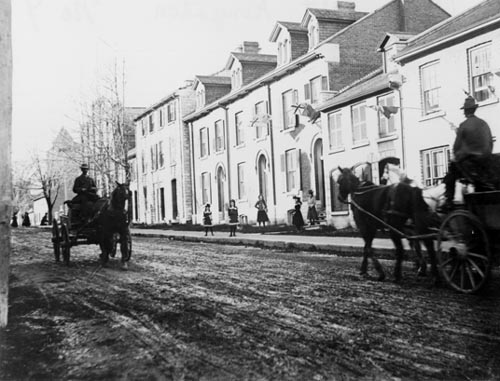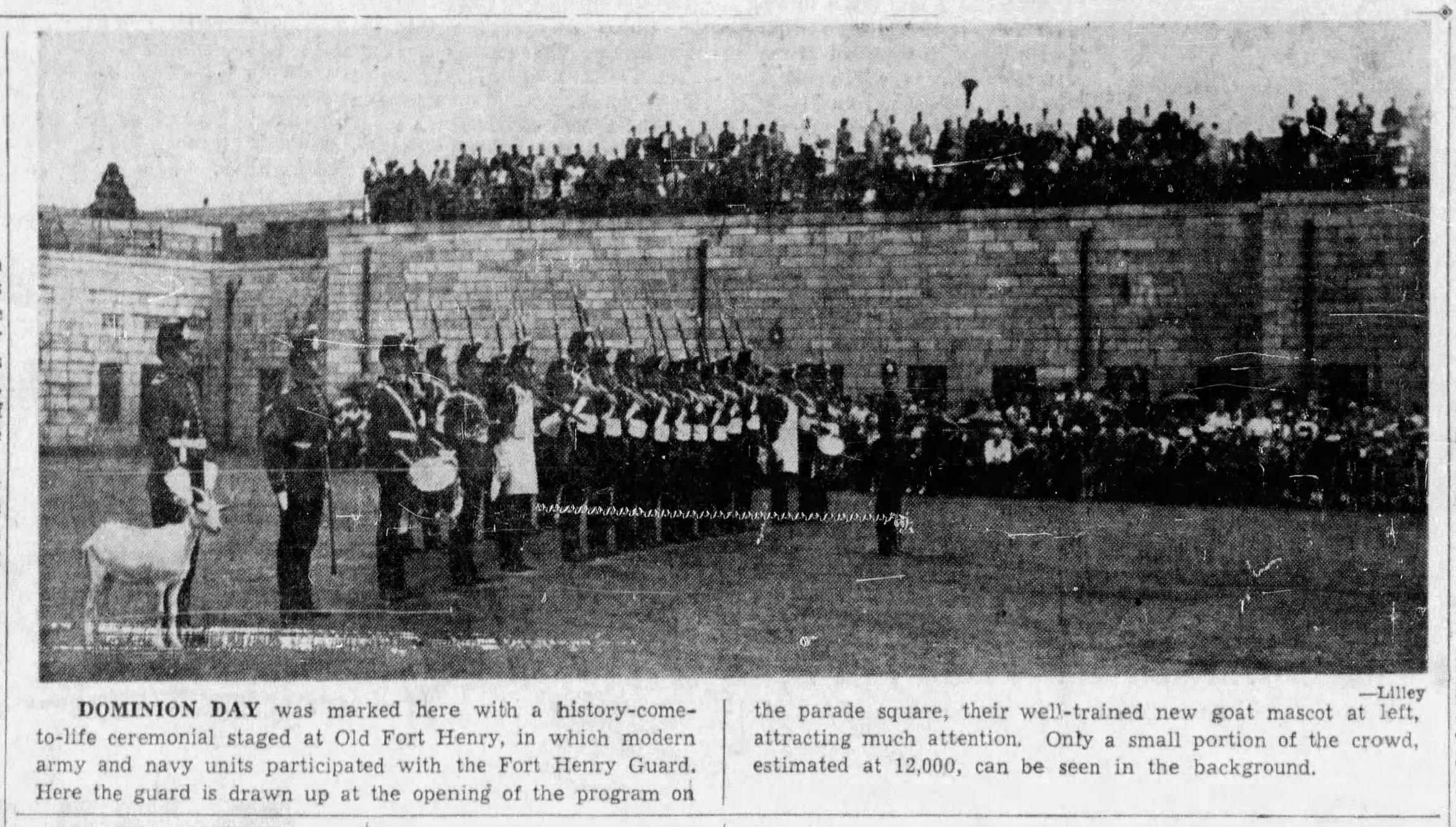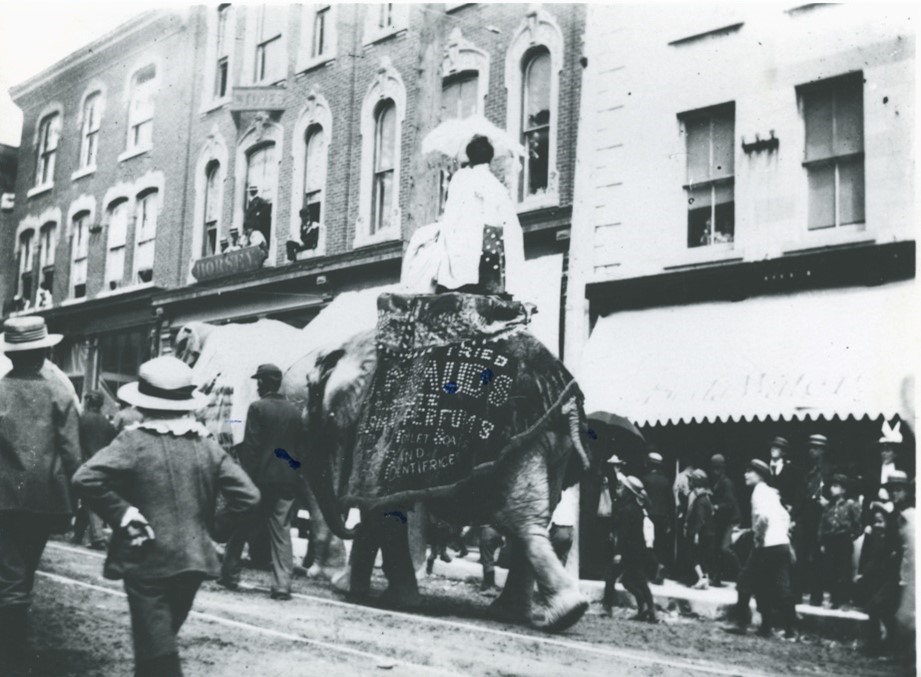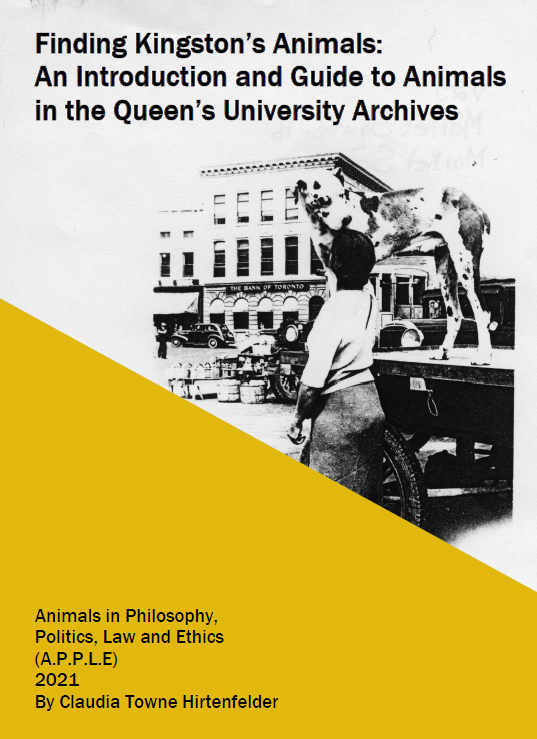Credits
When thinking about the social and cultural history of Kingston, whose lives do we consider? Animals have profoundly shaped the physical layout of Kingston, its building design, ecology, political economy, law, society, and culture. In turn, animals in Kingston have been deeply impacted by human activity whether intentionally directed at them or affecting them in more indirect ways. To ignore the history of animals is, quite simply, to miss a big chunk of Kingston’s story.
Kingston has been home to a diverse range of animals who have played vital roles in the city’s social, cultural, economic, and political history. For many of these animals their relationship with the city has been a fraught and difficult one often involving coercive management, negligence and violence. Some of the species discussed are no longer represented in Kingston while others have found ways to adapt to Kingston’s changing physical and cultural landscape. And so, while current human-animal relations have been deeply shaped by these histories, they also show that change is possible, and indeed unavoidable.
This walking tour illuminates some of these animal histories. Each stop focuses on a story of a different animal, using the geographical location as a launchpad. We invite readers, listeners, and walkers to see the city anew. To imagine what Kingston might have smelled, sounded, and looked like with rooster caws announcing the new day, fish sold in open-air markets, and bears on display in parks. We further encourage you to think about what these relations say about humans, animals, and cities. It’s exciting to think about what kind of city we would like Kingston to be in the future and the visions, policies, and practices that could make it a place that accommodates, and indeed positively embraces all kinds of animals beyond our own species. What will the future of human-animal relations in the city look like? This is a story we are still writing.
Credits and Acknowledgements
The generation of this tour was sponsored by the Animals in Philosophy, Politics, Law and Ethics (A.P.P.L.E) Research Group at Queen’s University
The details in this report are the result of research conducted by Brenna MacDougall and Claudia Hirtenfelder, graduate students at Queen’s University and Fellows at A.P.P.L.E
The walking tour itself was written and structured by Claudia Hirtenfelder and edited by Will Kymlicka, Sue Donaldson, and Heather Home.
Thank you to Sue Bazely, John Grenville, Heather Home, Francine Berish, Birte Wrage, Laura Cameron, Paulina Siemieniec, Pablo Perez Castello, Madeline Myers, Shannon Clarke, and Laure Gisie for joining of pilot versions of this tour and providing invaluable feedback and suggestions.
Make sure you check out A.P.P.L.E.’s:
- Multispecies Walking Tour of Queen’s University
- Finding Kingston’s Animals: An Introduction and Guide to Animals in the Queen’s University Archives






